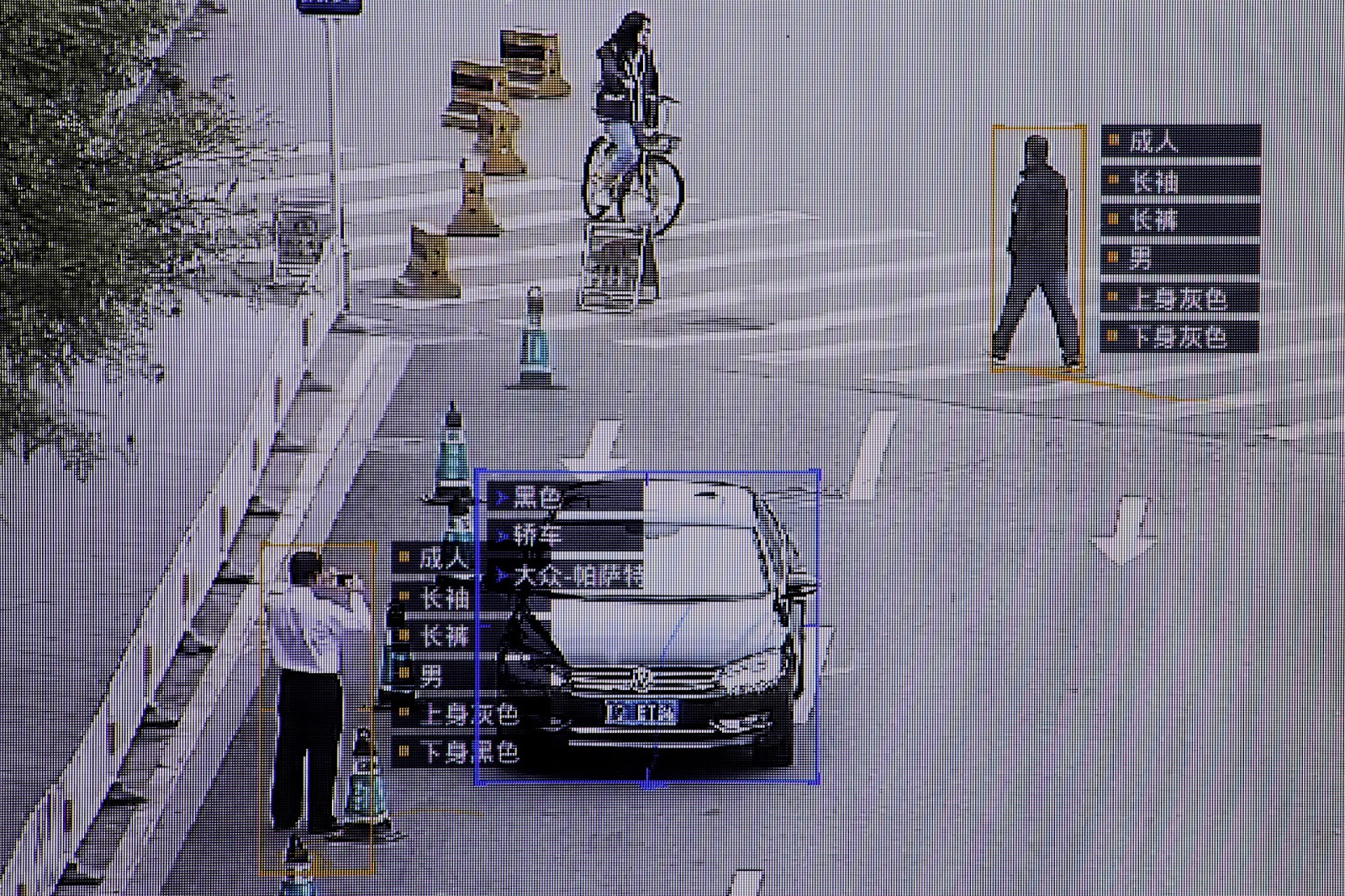China’s invasive surveillance state is not yet a panopticon
The Chinese government possesses “the most agile, invasive, and omnipresent surveillance capabilities in the world,” a ChinaFile analysis of over 76,000 documents has found. But the systems are not yet all-seeing, nor are they fully integrated across the country.

In the past few years, China’s fast-paced adoption of advanced surveillance technologies has attracted increased international media attention. Some of the first major reports in late 2017 to hint at mass detentions of Uyghurs in Xinjiang, for example, said that the region had begun to resemble an “open-air prison” where the proliferation of facial-recognition cameras and police checkpoints “overwhelms daily life,” or that it was being used as a “frontline laboratory for surveillance.”
Since then, reporting on China’s surveillance capabilities has tended to rightly focus on Xinjiang, but continued to treat it as an outlier where technology is “tested out” and then spread to the rest of the country.
A new countrywide investigation of surveillance by ChinaFile offers what authors Jessica Batke and Mareike Ohlberg claim is the “most comprehensive accounting of China’s surveillance build-up to date.” The analysis has two parts:
- A database of over 76,000 government documents, selected by searching for surveillance-related keywords in public procurement notices between June 29, 2004, and May 19, 2020.
- Three case studies, one from a county in Xinjiang, and two others from south and northeastern China, showing largely similar technologies being deployed across the country, but for unique purposes.
Takeaways from the investigation include:
- “Authorities in at least 998 counties — one third of all counties in China — in nearly every corner of the country purchased surveillance equipment of some type in 2019 alone.”
- The system is not fully integrated, because “officials’ shopping for technology to integrate disconnected local systems shows the extent to which surveillance in China is not yet a coherent whole, but remains an unfinished patchwork.” In other words, “Even the most sophisticated tracking systems may go blind as a surveillance target steps across a county line.”
- “The crucial difference between Xinjiang and other areas of the PRC is who is being targeted. Instead of focusing solely on a particular group of non-residents, potential dissidents, or possible criminals [as is typical outside of Xinjiang], authorities [in Xinjiang] target all members of particular ethnic and religious groups.” For example, a procurement notice in Shawan County, Xinjiang, said that 50 of 70 new facial recognition cameras would be placed in mosques.
- ChinaFile confirms the racial profiling of Uyghurs by at least some requested surveillance systems outside of Xinjiang, first documented by the New York Times last year.
“However fervently they might desire it, China’s leaders have not built an all-seeing, all-knowing panopticon capable of tracking anyone in the country, anywhere, at any time,” the report adds. But nevertheless, the “intent is clear: to eliminate any public spaces where people might remain unwatched.”






